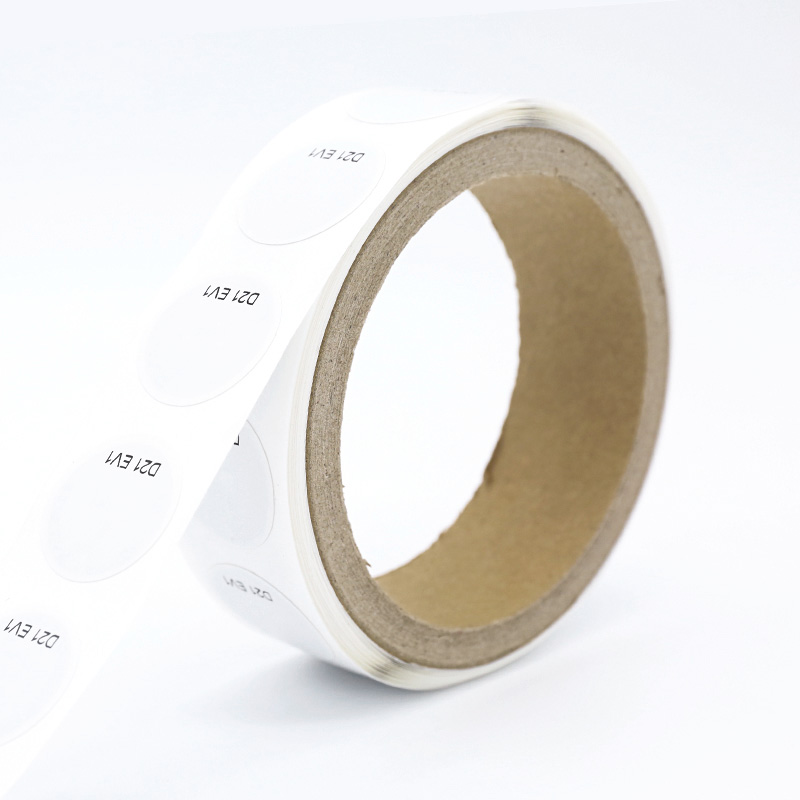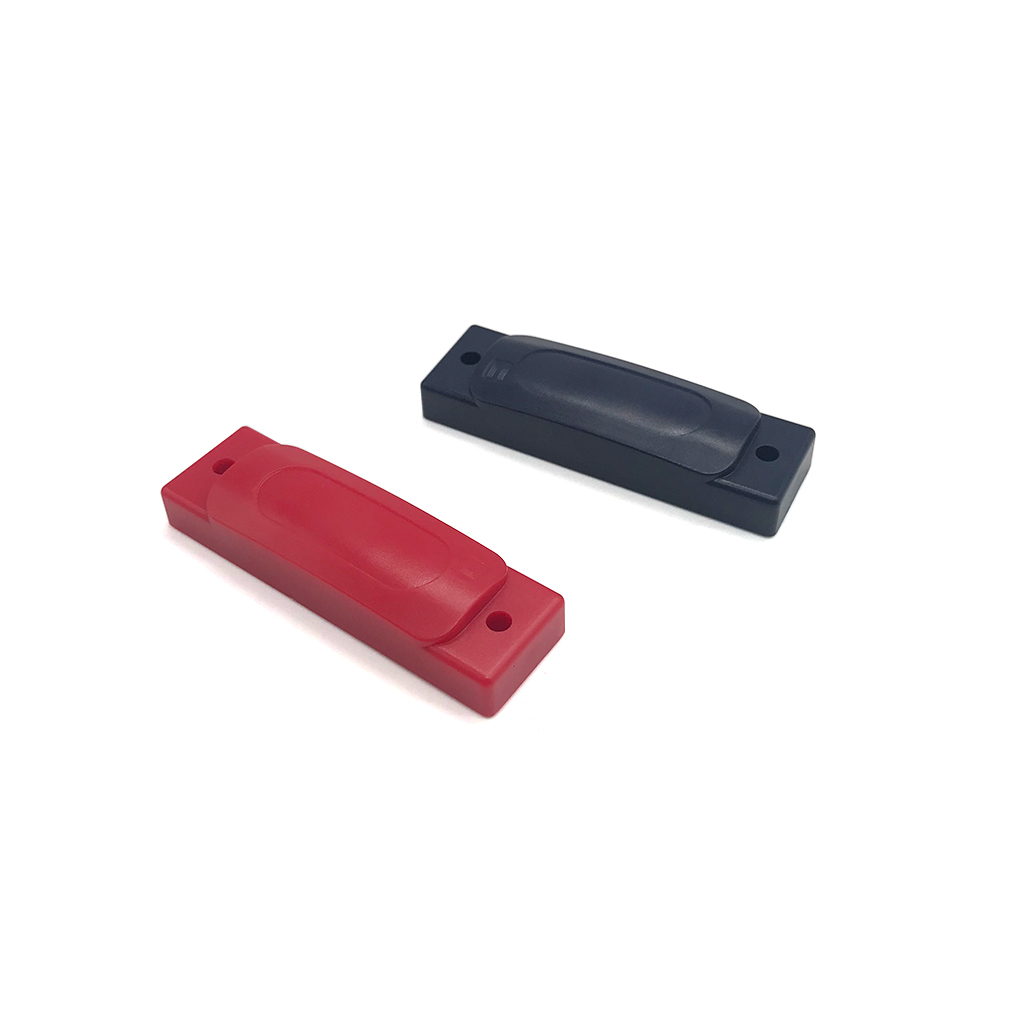Introduction
In today’s fast-paced business world, moving assets quickly is crucial for operational success. Whether a business deals with goods, transportation, healthcare, or industry, the need for real-time tracking and accurate data collection has never been greater. Custom RFID tags have appeared as a game-changing device that helps businesses improve operations, reduce mistakes, and increase security.
Businesses can achieve a smooth asset management process by mixing RFID tags for inventory and RFID asset tracking systems. This piece explores the importance of RFID asset tags, their uses, and how businesses can leverage them for speed and accuracy.
Understanding custom RFID tags
Custom RFID tags are specialized radio-frequency identification stickers made to meet the unique needs of different businesses. Unlike general RFID tags, these are meant to work successfully in particular conditions, such as high temperatures, metal surfaces, or moisture-rich settings.
Each RFID asset tag consists of a microchip and a receiver that allows direct touch with RFID readers. These tags are widely used in transportation, healthcare, retail, and industry uses where tracking and asset monitoring are important. By designing RFID asset tags, companies can ensure optimal performance and life.
The Role of RFID tags for inventory Management
Inventory management is crucial for any business that deals with real things. Companies that rely on standard barcode reading or human entry often experience problems, mistakes, and changes in stock levels. However, RFID tags for inventory offer a more advanced and effective choice.
Benefits of RFID tags for inventory
- Real-Time Tracking: RFID technology allows businesses to track product changes in real-time, ensuring correct stock numbers and cutting errors.
- Reduced Hand Labor: Automating inventory reduces hand scanning, which saves time and reduces human errors.
- Improved Data Accuracy: RFID tags for inventory can be read from a distance. This is better than barcodes, which need direct line-of-sight. RFID ensures more thorough and accurate tracking.
- Enhanced Security: RFID asset tags prevent theft and illegal movement of goods. They set up alerts for any suspicious activity.
- Faster Operations: RFID asset tracking helps businesses manage stock, process orders, and keep an eye on warehouses more quickly.
Industries like retail, storage, and e-commerce rely on RFID tags. These tags help them manage inventory faster and keep stock accurate.
Enhancing Asset Security with RFID Asset Tags
Organizations worry about securing valuable assets. This is especially true in industries like healthcare, manufacturing, and transportation. RFID asset tags are a reliable way to track and protect valuable tools, equipment, and machinery.
How RFID Asset Tags Improve Security
- Geo-Fencing: RFID asset tracking systems can be built to cause alarms if assets move beyond a predefined area.
- Anti-Theft Measures: Businesses can use RFID asset tags to watch entry and exit points, ensuring illegal transfers are found.
- Data Logging: RFID asset tracking provides a detailed history of asset moves, lowering the chance of lost or misplaced things.
Hospitals use RFID tags to track medical equipment. This way, life-saving gadgets are always ready when needed. Building companies also use RFID asset tags on costly tools to stop loss or theft.

The Power of RFID Asset Tracking
RFID asset tracking helps businesses to keep full access over their resources. By putting RFID asset tags into things, companies can gain real-time insights into the state, location, and movement of their assets.
Applications of RFID asset tracking
- Manufacturing: RFID asset tracking helps companies watch raw materials, tools, and finished things, improving production processes.
- Retail: Businesses use RFID tags for inventory. This helps keep stock stable and improves the shopping experience.
- Healthcare: Hospitals and clinics rely on RFID asset tags to manage medical supplies, drugs, and essential tools.
- Logistics: RFID asset tracking helps with shipping, reduces package misplacements, and boosts supply chain efficiency.
By adopting RFID asset tracking, businesses can greatly reduce costs, improve efficiency, and ensure compliance with industry rules.
Best Practices for Implementing RFID tags for inventory
To achieve the benefits of RFID tags for inventory, businesses must adopt best practices to ensure smooth integration and functionality.
Key Considerations
- Identify Business Needs: Understand particular stocking problems and how RFID technology can solve them.
- Choose the Right RFID Tags: Opt for custom RFID tags that are great for outdoor situations such as temperature, moisture, and interference.
- Ensure Compatibility: Integrate RFID asset tracking tools with current inventory management software.
- Employee Training: Educate staff on using and caring for RFID tools.
- Regular System Audits: Conduct frequent reviews to improve RFID performance and find areas for growth.
Following these best practices ensures a smooth shift to RFID-based inventory management and asset tracking.
Overcoming Challenges in RFID Asset Tracking
While RFID technology offers numerous perks, businesses may face some challenges during adoption.
Common Challenges and Solutions
- High Initial Costs: The upfront investment in RFID tools can be substantial. However, the long-term benefits of better speed and accuracy trump the costs.
- Interference Issues: Metal items and liquids can interfere with RFID readings. Custom RFID tags made for specific settings help reduce this problem.
- Data Privacy Concerns: Some businesses may face legal compliance requirements when using RFID asset tracking. Implementing safe data safety can handle privacy problems.
By solving these issues, companies can fully leverage the power of RFID asset tracking without delays.
Future Trends in RFID asset tracking
RFID technology is continuously changing, bringing new options for asset tracking and inventory control.
Emerging Trends
- Integration with IoT: Combining RFID asset tracking with Internet of Things (IoT) technology helps businesses gather real-time data and future insights.
- Advanced RFID Sensors: New RFID asset tags feature temperature, humidity, and pressure sensors, expanding their uses in sensitive goods tracking.
- Miniaturized RFID Chips: Innovations in RFID shrinking allow for tracking of even the smallest items with high accuracy.
As technology improves, RFID tags for inventory and asset tracking will become more advanced, making asset management even more smooth and efficient.
Summary
Custom RFID tags have changed the way companies handle assets and supplies. By utilizing RFID tags for inventory and RFID asset tracking, businesses can achieve improved speed, accuracy, and security. Whether used in retail, healthcare, transportation, or industry, RFID asset tags provide businesses with the ability to track assets in real-time, lowering mistakes and stopping losses.
With constant improvements in RFID technology, businesses that adopt custom RFID tags will stay at the top of operational greatness. To learn more about personalized RFID solutions, visit custom RFID tags and explore advanced RFID asset tracking choices at RFID asset tracking Tags.



































